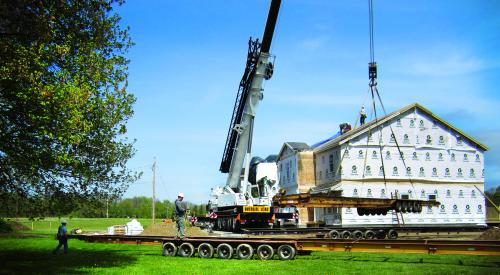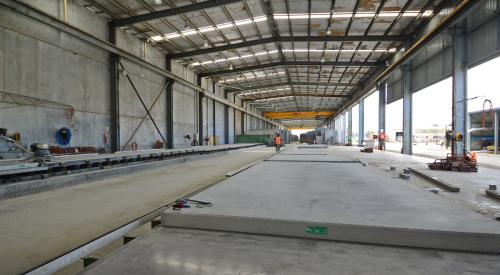For some time now, the labor shortage has been held responsible for being the biggest factor holding back the residential construction industry and keeping production levels low. And, according to Diana Olick of CNBC, that rationale may no longer be viable.
As CNBC reports, construction employment growth has led all other sectors at 5 percent but the hourly earnings for construction workers gained only 2.2 percent over the past year, right in line with the national average. If labor shortages existed, “the upward pressure on wages would be more pronounced and payroll growth would be anemic,” according to a Goldman Sachs report. What this suggests, then, is the industry-level employment and wage data for the construction sector does not support the existence of labor shortages.
What is the issue then? Delays in permit issuing and land scarcity seem like much more likely culprits. For example, in a survey conducted by John Burns Real Estate Consulting they asked 100 builders about costs that didn’t exist a decade ago and found it wasn’t just labor, but cost overruns directly related to new regulations for house erosion control, energy codes, fire sprinklers, and more. Builders also pointed the finger at permit offices and utility company delays.
As homes have become more expensive to build, they are also becoming more expensive to purchase, meaning the already short supply of entry-level homes is going to become even tighter as these entry-level needs will be more and more reliant on the resale market.
The other issue is that builders are having an increasingly difficult time trying to find lots to build on. With urban centers becoming hot spots for real estate, the lots closest to these centers are often very expensive, making it harder for builders to see a profit from them.
That isn’t to say the labor shortage doesn’t exist. Many areas feel it, especially in the West where a large number of the construction workers who left during the recession have not returned. Additionally, the average age of construction workers is much higher today than it was during the housing boom, suggesting an influx of new, younger workers have not yet taken the torch from older workers.













